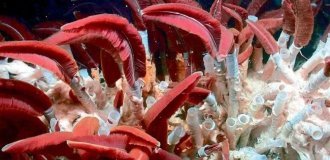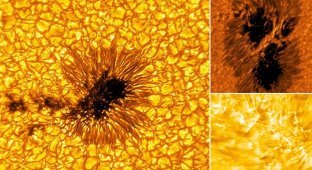Uraniborg: a unique observatory without a telescope (9 photos)
Before the invention of the telescope, astronomers used primitive tools and methods to study and observe celestial objects and phenomena. 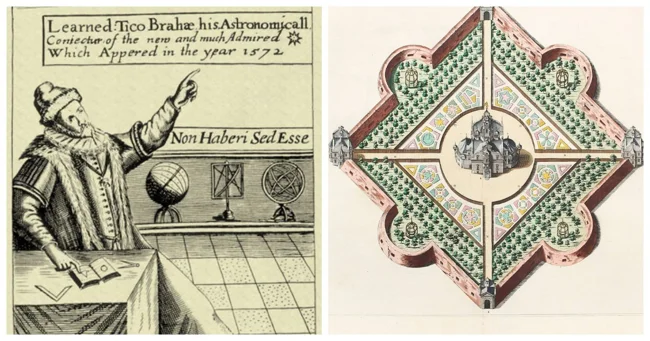
The simplest and most ancient method was observation with the naked eye. However, early astronomers expanded their capabilities with various instruments such as the astrolabe, quadrant, sextant, and armillary sphere. One of the last major astronomers to use these instruments to achieve amazingly accurate astronomical observations was the Danish astronomer Tycho Brahe. 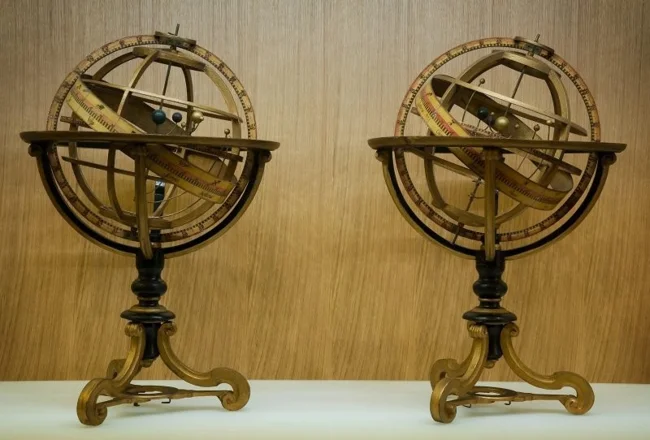
Armillary Sphere
Tycho Brahe was perhaps the greatest observational astronomer to live before the invention of telescopes. Brahe was renowned for his meticulous and accurate observations of celestial objects and phenomena. He collected extensive data on the positions and movements of planets and stars, far more accurate than any observations made before him. 
Tycho Brahe
It was Brahe who compiled the first complete and accurate star catalog, containing the positions of over 1,000 stars. This catalog served as a reference for subsequent astronomers and contributed to the improvement of navigation and the compilation of celestial maps. In 1572, Brahe observed a supernova in the constellation Cassiopeia. This event challenged the prevailing Aristotelian view of the immutability of the heavens and showed that celestial objects can change over time.
Tycho Brahe's most notable contribution was his collaboration with the German mathematician and astronomer Johannes Kepler. After Brahe's death, Kepler used his precise observations to formulate his famous three laws of planetary motion. These laws formed the basis for Isaac Newton's law of universal gravitation. 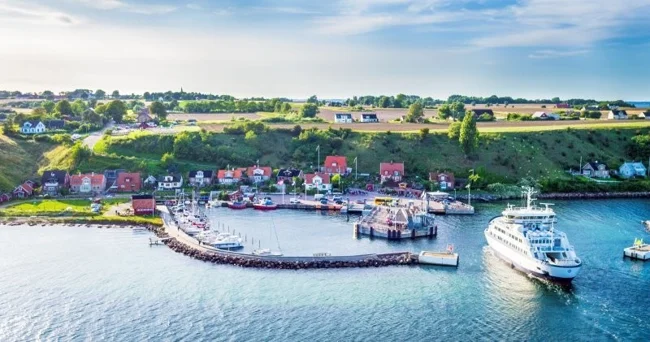
Island of Ven
To reward Brahe for his services, in 1576 King Frederick II of Denmark offered the small island of Ven in the Øresund Strait to the astronomer as a site for his research in astronomy and chemistry. 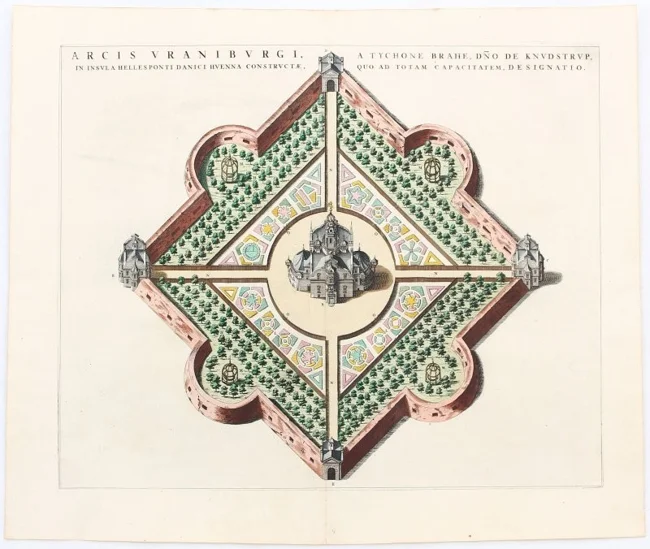
Tycho Brahe's Uraniborg Observatory
Using his independence and financial security, Brahe founded an observatory on the island called Uraniborg. This was the first time in Europe that a building was erected specifically for astronomical observations. It was also one of the last observatories built before the advent of the telescope.
The brick building, built in 1580 from sandstone and limestone, was erected in the Flemish Renaissance style by the Danish architect Hans van Emden and the sculptor Johan Gregor van der Schardt, in close collaboration with Brahe. The main building was surrounded by a walled garden, each wall of which had a semicircular tower built on it. The plan and facade of the building, as well as the plan of the surrounding gardens, were designed on a grid with proportions that Tycho carefully verified. Perhaps these proportions were intended to make Uraniborg an astrological talisman, promoting the health of its inhabitants by enhancing the influence of the Sun and Jupiter. 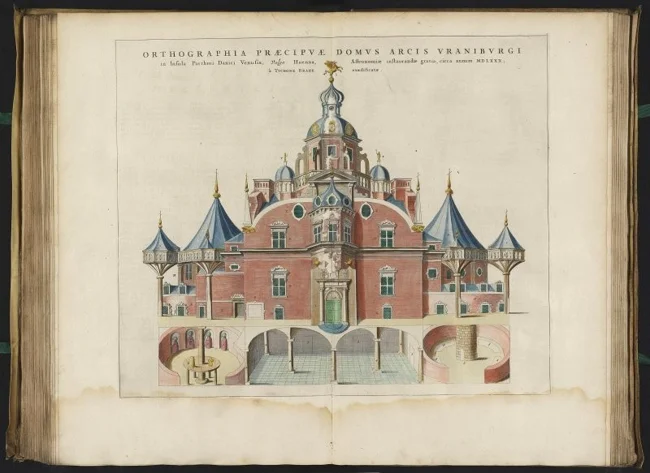
Uraniborg Observatory
The main building was three stories high. Brahe and his family lived on the ground floor, as did visiting astronomers. The kitchens were in the north tower, and the library in the south. In this library and in Brahe's private office was engraved the motto "Non haberi sed esse", which translated from Latin means "What a man is is more important than what he is thought to be". 
The second floor housed the main astronomical instruments, which were accessible from outside the building or through doors on this floor. Additional instruments were placed on balconies supported by wooden pillars, located slightly further from the building, giving them a wider angle of view. The rooms on the third floor were intended for students. Uraniborg also had a large basement, where Brahe created an alchemical laboratory. 
Various astronomical instruments in Uraniborg
The entire complex was surrounded by a large earthen mound. This mound is the only remaining remnant of the observatory that remains today. After the death of King Frederik II, Brahe lost his financial support, which forced him to leave Vienna in 1597. Brahe died in 1601, and soon after, the new king, Christian IV, destroyed Uraniborg and another astronomical facility built by Brahe, called Stjerneborg (an underground observatory). 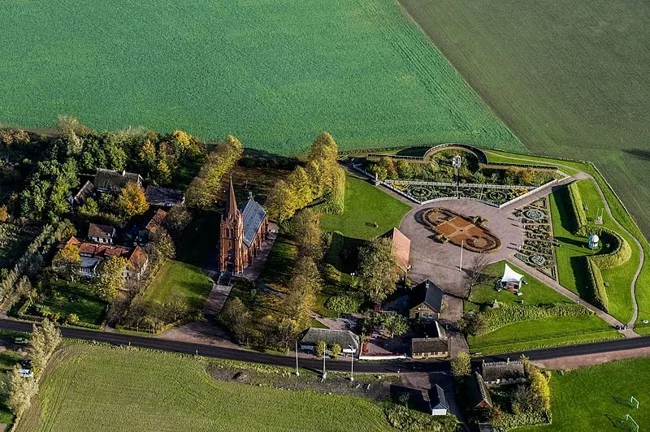
Remains of Uraniborg
Uraniborg and Stjerneborg were partially excavated in the 1950s. Today, the site is occupied by a restored section of Brahe's original garden with plants and herbs, enclosed by a wooden fence. There is also an orchard in the center of the pavilion. The restored buildings of Uraniborg and Stjerneborg are part of a museum dedicated to Tycho Brahe.


